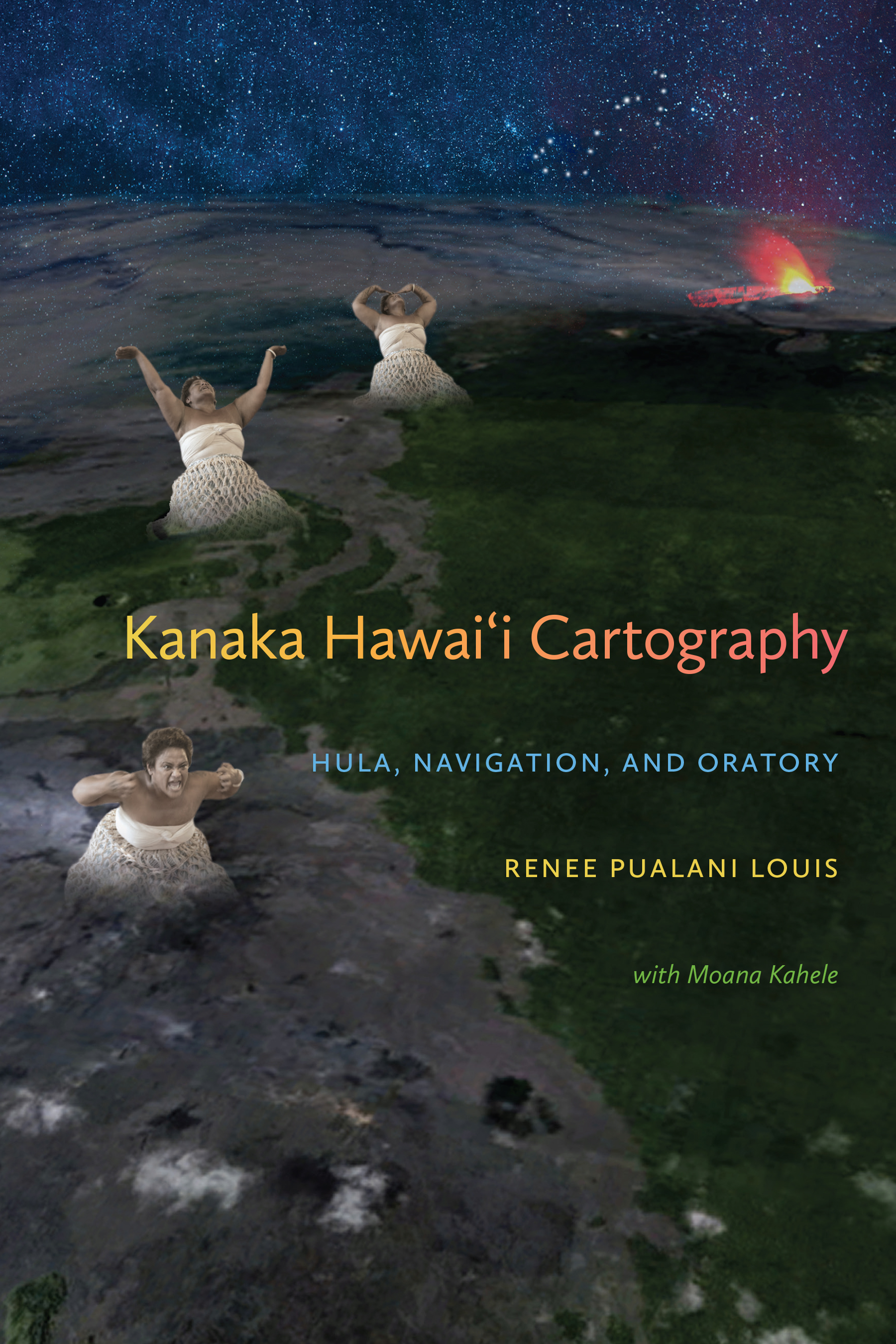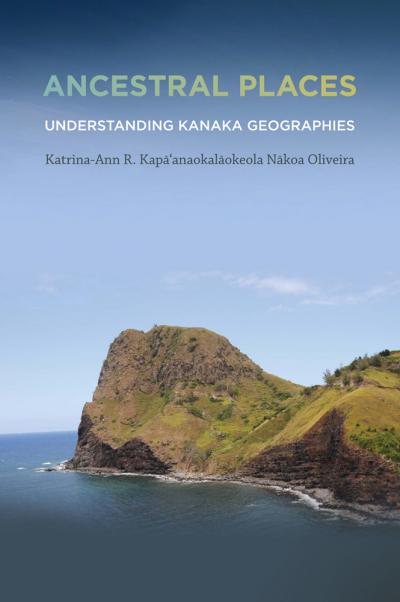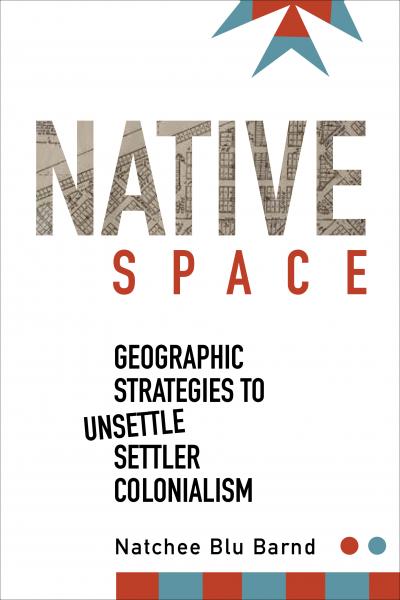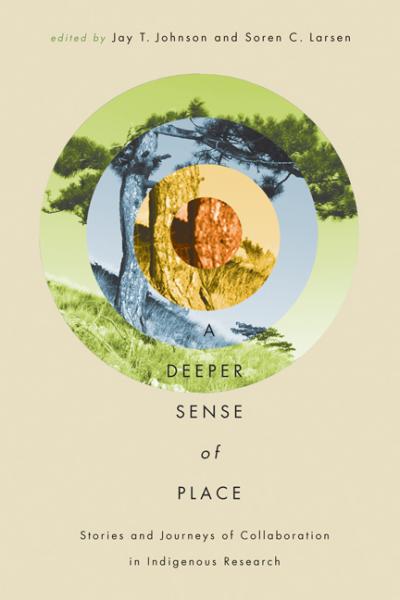
Kanaka Hawai'i Cartography
Renee Pualani Louis
with Moana Kahele
Kanaka Hawai‘i cartographic practices are a compilation of intimate, interactive, and integrative processes that present place as “experienced space,” situate mapping in the environment, and encode spatial knowledge into bodily memory via repetitive recitations and other habitual practices, such as hula. Kanaka Hawai‘i cartography is both similar to and distinct from Western cartography. It is similar in that it provides a shorthand system of understanding spatial phenomenon. It is distinctive in that Kanaka Hawai‘i cartography places emphasis on multisensual cognitive abilities and multidimensional symbolic interrelationships, and privileges performance as a primary mode of communication.
The book is separated into two main parts, with the first part presenting the basics of a Hawai‘i cartographic philosophy and the second part detailing three Kanaka Hawai‘i cartographic practices. The information presented in the main body of the text minimizes the use of jargon and complex terms, making it accessible for the educated lay-reader. Kanaka Hawai‘i Cartography is unique is its attention to Hawai‘i protocols of presentation, beginning with an entry chant, signifying the need to ask permission before entering any place, including a place of knowledge exchange such as a book. It ends with an epilogue – an expression of gratitude and humility, a challenge for the next generation to continue this work, and a closing mele expressing appreciation to all who have shared their wisdom so another generation may flourish.
Kanaka Hawai‘i Cartography will fill an important gap in Indigenous and Native Studies and will be welcomed by anyone interested in traditional forms of Kanaka Hawai‘i cartographic performances.
About the author
RENEE PUALANI LOUIS is a graduate of University of Hawai‘i at Mānoa. She is Co-Chair of the Indigenous Peoples Specialty Group of the American Association of Geographers, and 2014 corecipient of the American Association of Geographers Enhancing Diversity Award. She is currently employed by the Institute for Policy and Social Research at the University of Kansas while living in Hilo, Hawai‘i.
Read more about this author




